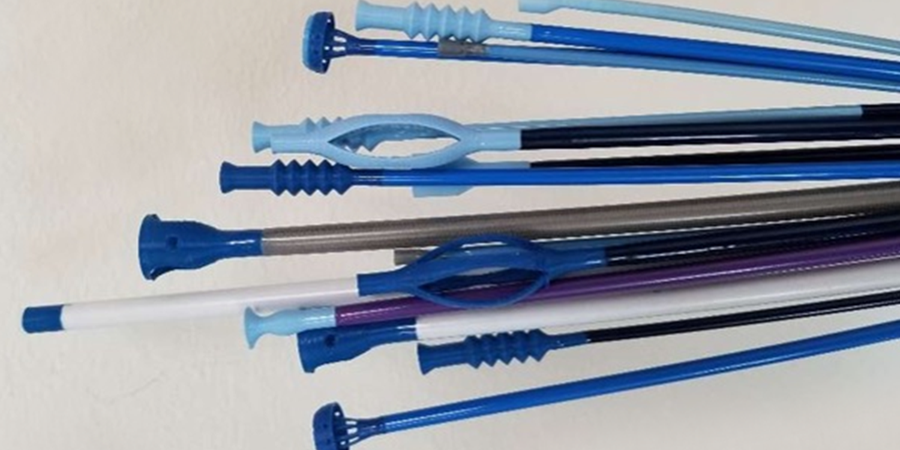Innovating catheter capabilities at the component level with additive manufacturing

Innovating catheter capabilities at the component level with additive manufacturing

Bringing a medical device to market can take years and requires expertise in identifying product requirements and the best product design to meet clinical needs. This process is complicated by the constraints of how materials are processed, often leading engineers to reach a “best we can do given the circumstances” result. Additive manufacturing is designed to solve this dilemma for our customers.
“Currently, catheter components are either injection molded or 3D printed. This is a huge roadblock in designing catheters. With only a limited number of materials that can be 3D printed and product design being limited by what shapes can be injection molded, a lot of product design is constrained by what’s achievable”, said Mike Schultz, VP of Innovation and Development. “With Spectrum's additive manufacturing technologies if you can dream it, we can make it!”
Additive manufacturing components go beyond standard shapes, tipping, and flaring. With the additive manufacturing technologies, Spectrum customers can design a component with any shape in mind, and as with our advanced extrusions, we offer the same speed and design of prototyping. Our additive manufacturing technologies are fabricated from medical grade, USP Class VI, and /or ISO 10993 certified materials and additives and thermally welded to the catheter, creating a seamless dimension that allows for a smooth, low profile, but high strength transition. Traditionally such a process is limited to early prototyping through 3D printing. With additive manufacturing, however, this process is not utilized solely during the prototyping phase but rather may be scaled to full-scale production of the component and catheter – leading to reduction of tooling costs and fast track to manufacturing. By using the same materials for the catheter shaft and for our customers to reduce the number of materials in their device and thus reduce waste and material testing costs associated with catheter design and development.
Ultimately the benefit of additive manufacturing technologies is to empower and accelerate medical device designers to develop products that deliver better patient care.